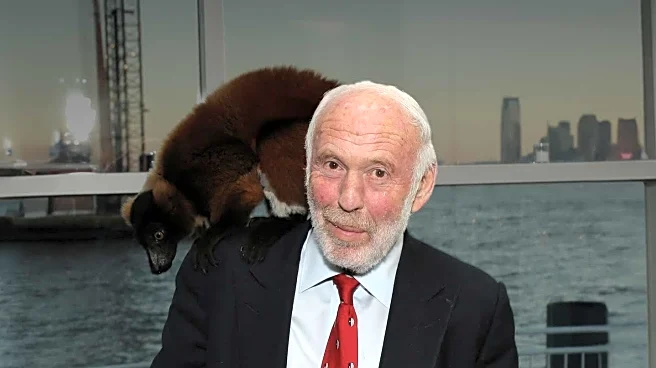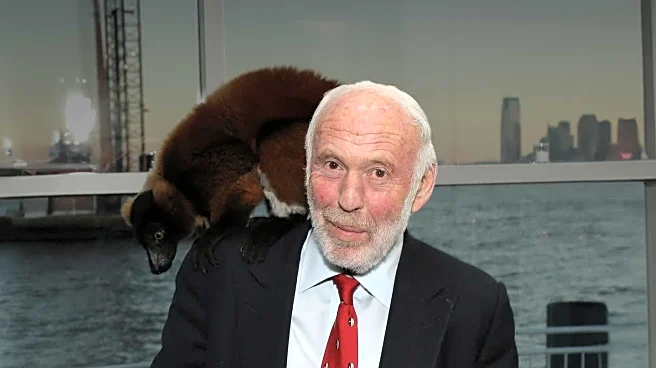What's Happening?
Jewish philanthropy has been navigating a complex landscape marked by the COVID-19 pandemic, recent terror attacks, and a surge in antisemitism. Historian Jack Wertheimer, in his book 'Jewish Giving: Philanthropy and the Shaping of American Jewish Life,' explores the evolution of Jewish philanthropy from the colonial era to the present. Wertheimer highlights the increase in donations to Jewish causes, estimating that between $13 billion and $14 billion was donated by Jews to Jewish causes in the early 2020s. However, he notes a shrinking donor base, with fewer individuals contributing larger sums. The 2020 Pew study revealed that only 48% of surveyed Jews had donated to Jewish causes in the previous year, indicating a potential shift in philanthropic priorities. Wertheimer's analysis suggests that while there is a strong core of committed donors, a significant portion of the Jewish population is drifting away from traditional Jewish life.
Why It's Important?
The trends in Jewish philanthropy reflect broader shifts in American Jewish life, with implications for community cohesion and support for Jewish causes. The increase in donations amidst a shrinking donor base suggests a concentration of wealth and influence among fewer individuals, potentially impacting the diversity and sustainability of Jewish organizations. The rise in antisemitism and geopolitical tensions further complicates the philanthropic landscape, as donors may prioritize immediate crisis response over long-term community building. This dynamic could lead to challenges in maintaining support for established institutions and fostering innovation within the philanthropic sector. Understanding these trends is crucial for stakeholders aiming to address the evolving needs of the Jewish community and ensure the resilience of its philanthropic infrastructure.
What's Next?
The future of Jewish philanthropy may hinge on how donors and organizations respond to ongoing crises and demographic shifts. There is anecdotal evidence of increased interest in Jewish causes post-Oct. 7, suggesting a potential resurgence in engagement. However, the balance between sustaining existing institutions and fostering innovation remains a critical challenge. Foundations and individual donors may need to reassess their strategies to address both immediate needs and long-term community development. The philanthropic sector could benefit from increased collaboration and strategic planning to optimize resource allocation and enhance impact. As the Jewish community navigates these uncertainties, the role of philanthropy in shaping its future will be pivotal.
Beyond the Headlines
The evolving landscape of Jewish philanthropy raises questions about the cultural and ethical dimensions of giving. The motivations behind philanthropic contributions, including the pursuit of status and influence, highlight the complex interplay between personal interests and communal responsibilities. The generational gaps within philanthropic organizations also underscore the need for effective communication and education to bridge differences and foster mutual understanding. As Jewish philanthropy continues to adapt to changing circumstances, it may serve as a bellwether for broader societal trends in volunteerism and community engagement.











